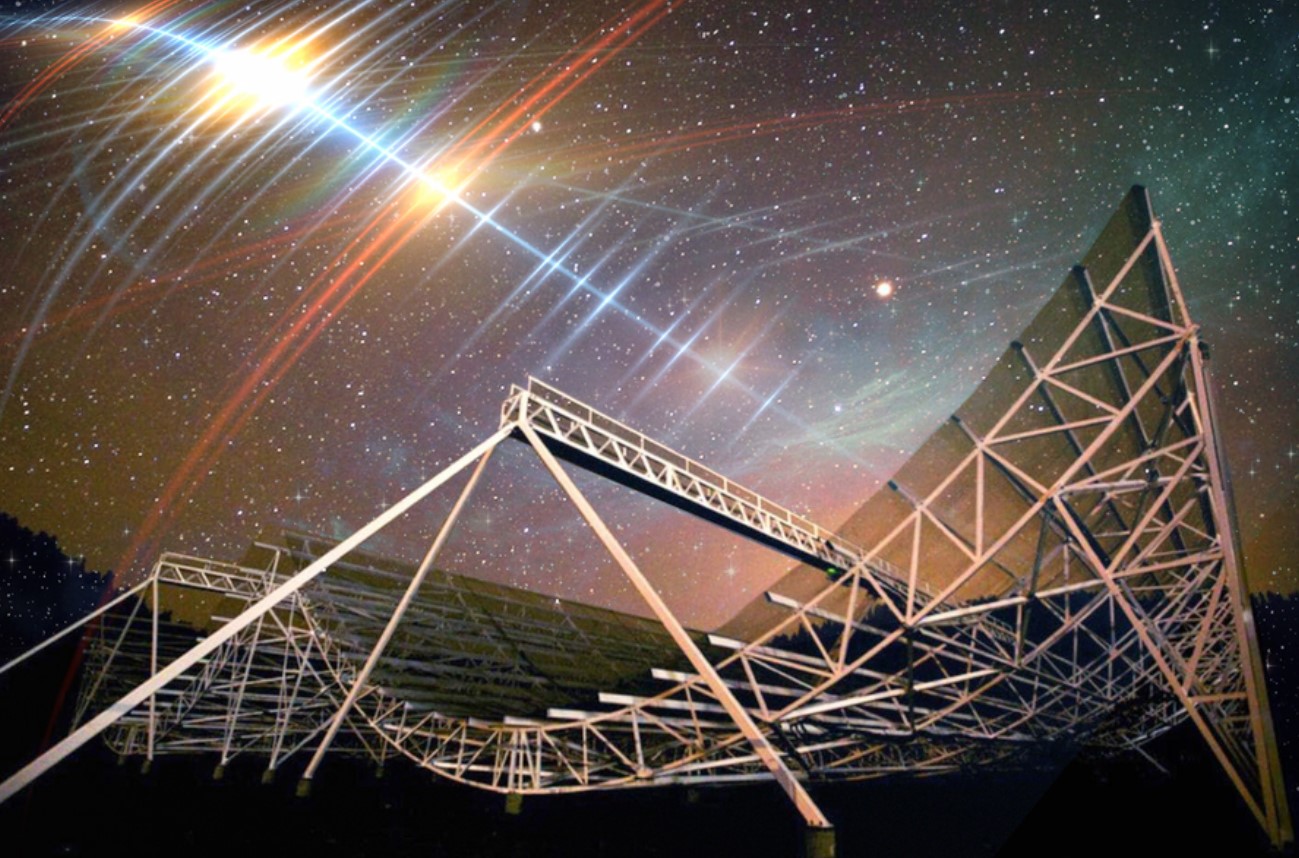 Astronomers have just detected an extraordinary cosmic signal: the brightest and closest fast radio burst (FRB) ever recorded. Known as RBFLOAT—which stands for Radio Brightest Flash of All Time—this burst originates from a galaxy only 130 million light‐years away. That’s impressively near in the vast scheme of the universe.
Astronomers have just detected an extraordinary cosmic signal: the brightest and closest fast radio burst (FRB) ever recorded. Known as RBFLOAT—which stands for Radio Brightest Flash of All Time—this burst originates from a galaxy only 130 million light‐years away. That’s impressively near in the vast scheme of the universe.
If you’ve ever wrestled with puzzling astronomical data, you’ll appreciate that fast radio bursts are fleeting yet intense flashes of radio waves. These events, which were first discovered in 2007, can outshine entire galaxies in just a few milliseconds. A common theory is that magnetars—neutron stars with extremely powerful magnetic fields—might be behind some of these bursts.
On March 16, 2025, the Canadian Hydrogen Intensity Mapping Experiment (CHIME) picked up a radio flash so intense it was initially mistaken for Earth-based interference. Thanks to CHIME’s upgraded Outrigger system, a network of smaller telescopes scattered across North America, scientists confirmed that this was indeed an astronomical event, and the brightest FRB ever recorded. The burst came from NGC 4141, a spiral galaxy in the Ursa Major constellation, offering researchers a rare chance to study such phenomena up close.
CHIME, located in British Columbia with its distinctive halfpipe-shaped antennas, has been a powerhouse in detecting cosmic radio bursts—over 4,000 since 2018. The latest technological improvements, especially with the addition of CHIME Outriggers, allow for pinpointing these fleeting events with remarkable precision.
Detailed analysis suggests that the burst originated at the edge of NGC 4141, close to an active star-forming region. This location hints that the burst could stem from a slightly older magnetar that had moved from its original birthplace, underlining the possibility that FRBs might arise from a diverse range of galactic environments.
Notably, while many fast radio bursts appear only once, others have repeated either sporadically or in a regular pattern. Researchers combed through six years of CHIME data to determine if RBFLOAT might recur, but found no additional signals from the same area, suggesting that this event was likely unique.
The brightness and proximity of RBFLOAT make it a valuable subject for study. By tracing its journey through space, scientists hope to gain fresh insights into the intergalactic medium, cosmic magnetic fields, and even challenge current physics models. With CHIME’s enhanced capabilities now on the scene, we can look forward to a richer catalogue of FRBs, which may eventually reveal whether these bursts share a common source or if multiple cosmic processes are at play.
This landmark detection doesn’t just set a record—it also opens up new avenues for understanding the ever-mysterious cosmos. It’s exciting to see how improved technology is gradually peeling back the layers of our universe, one burst at a time.








